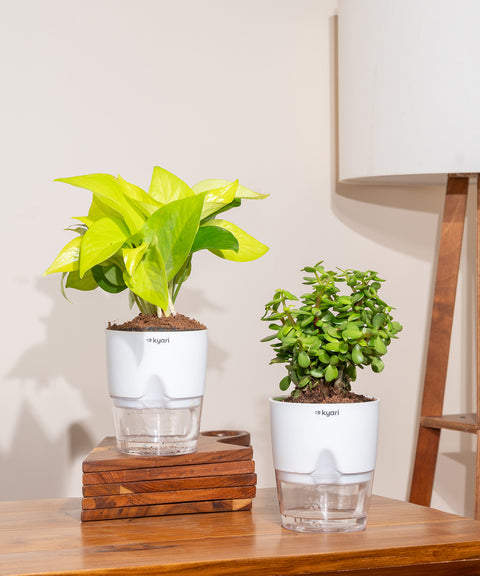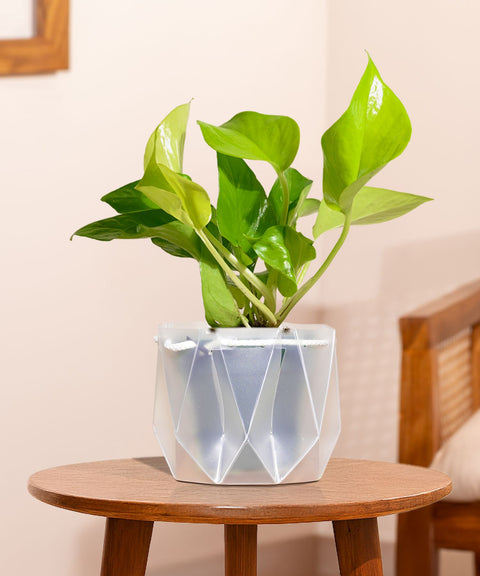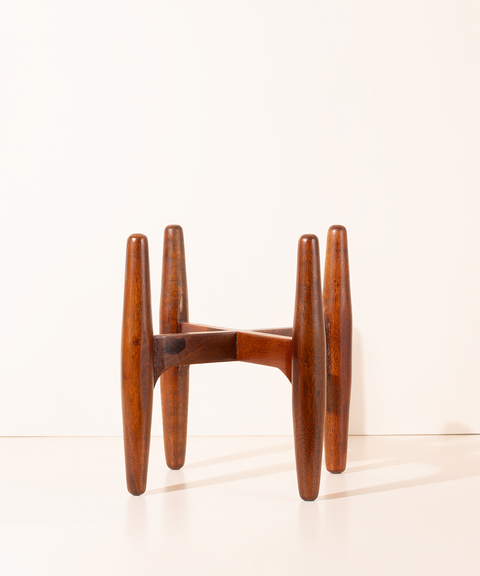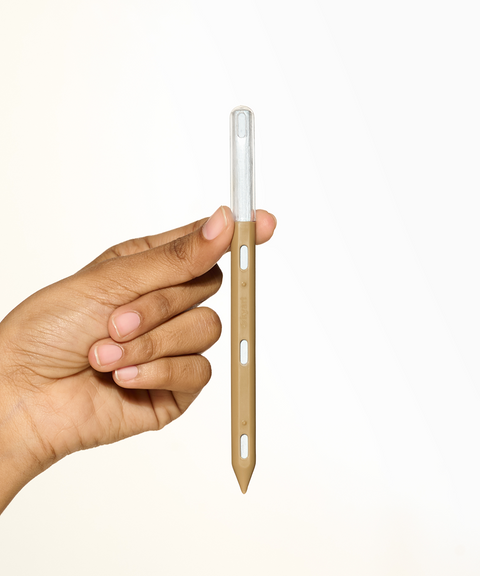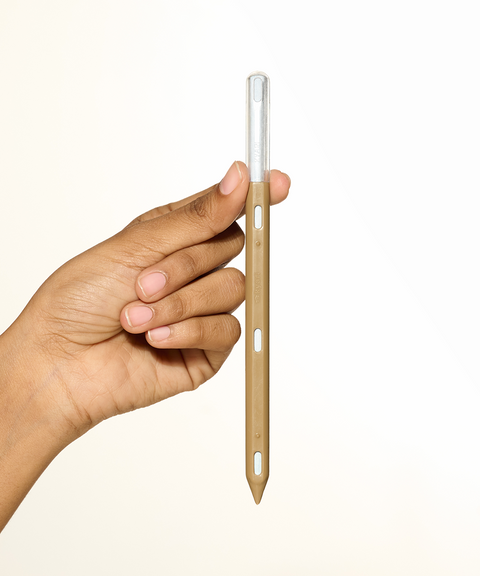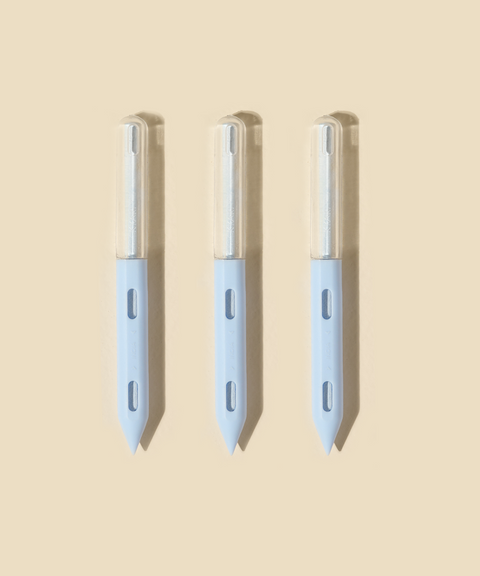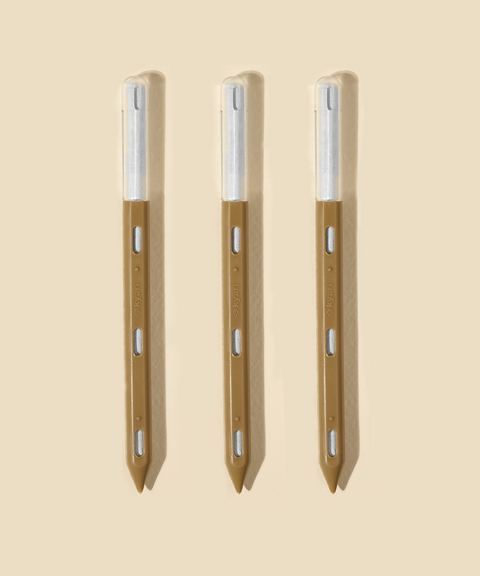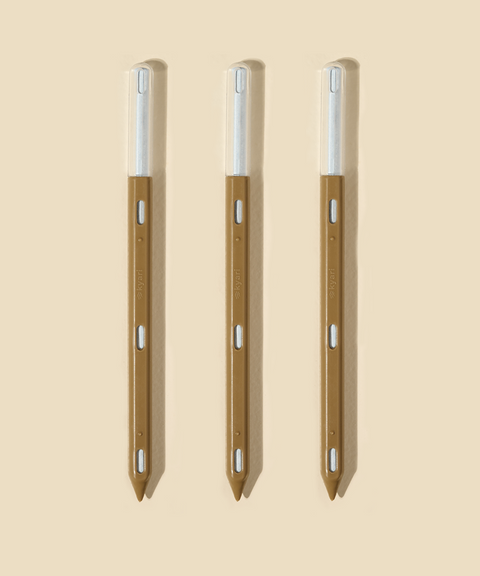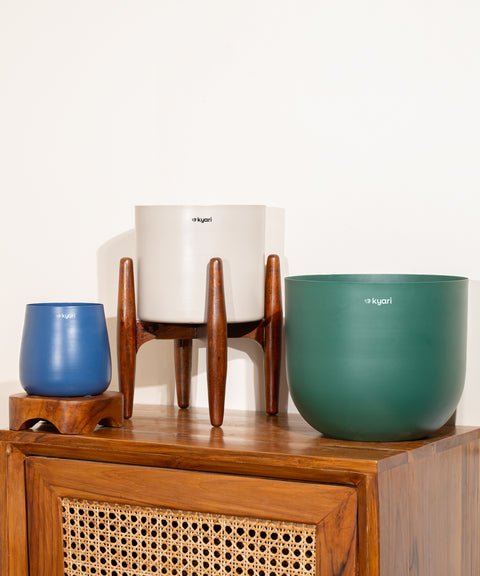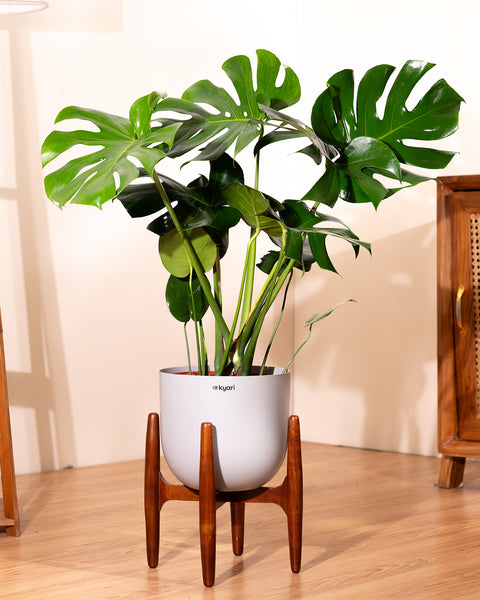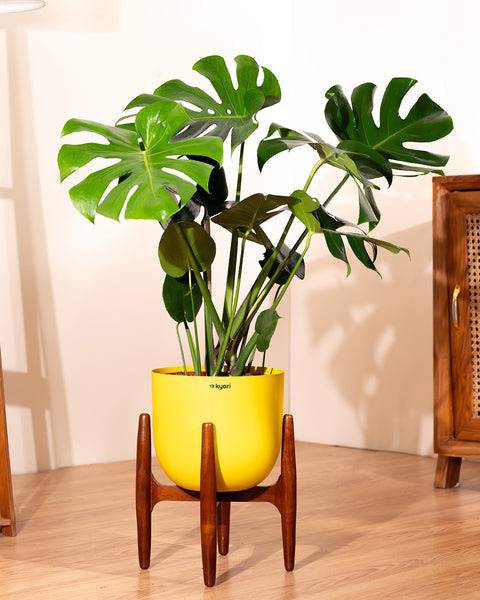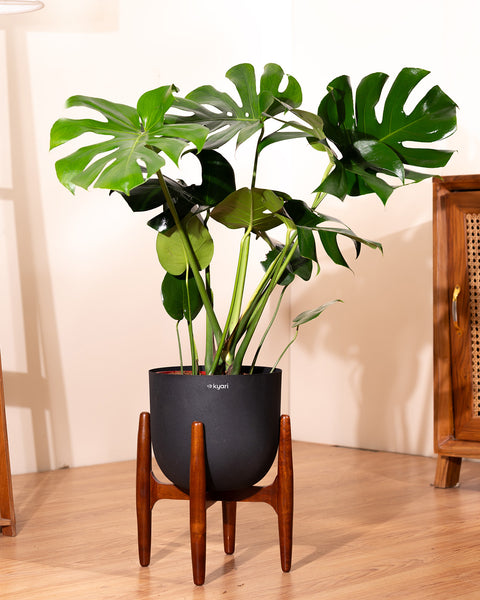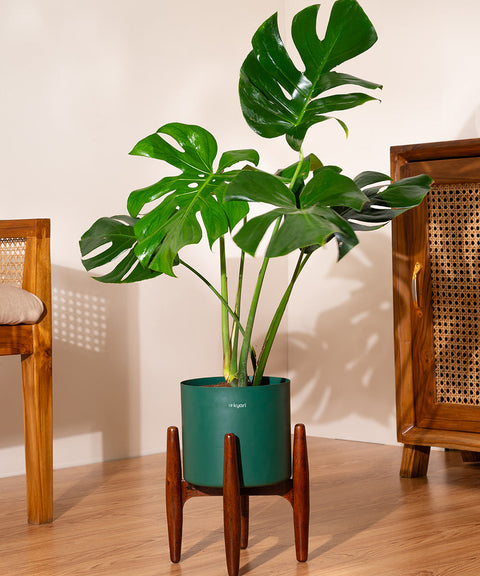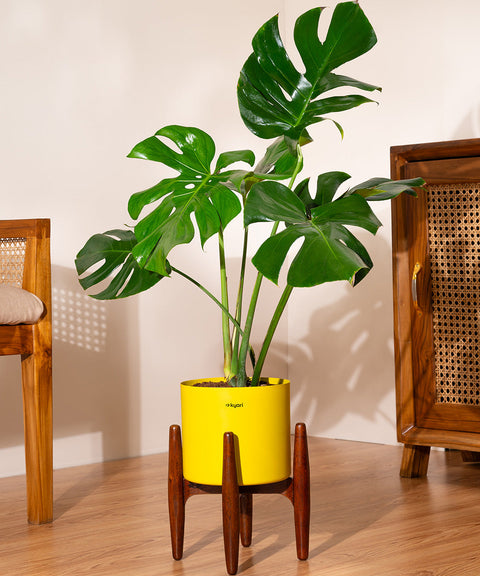About
English Ivy Plant
The English Ivy, with its lush green foliage and climbing nature, is a classic choice for indoor gardens. Renowned for its air-purifying qualities, it adds a touch of elegance and greenery to any space.
Origin
Native to Europe and Western Asia.
Light
Prefers bright indirect light but can tolerate low light conditions. However it thrives best in well-lit areas. Direct sunlight may scorch the leaves.

Water
Water when the top inch of soil feels dry. English Ivy prefers evenly moist soil but is susceptible to root rot if overwatered. Adjust watering frequency based on light exposure and indoor climate.
Humidity
Thrives in moderate humidity but can adapt to average household levels. Occasional misting can help keep the leaves vibrant and healthy.
English Ivy is not just a beautiful plant; it has a rich history dating back to ancient times. The Greeks considered it a symbol of fidelity and friendship, often using it in wedding decorations. So having an English Ivy in your home isn’t just about aesthetics—it’s like welcoming a piece of history into your space
Placement
English Ivy is known for its charming climbing habit and air-purifying qualities. Here’s where to place it
Adds a touch of greenery and improves air quality. Train it along a trellis or let it cascade from a shelf for a dramatic effect.
Enhances focus and reduces stress. The presence of English Ivy can create a more serene and productive workspace.
Thrives in the humidity of the bathroom, making it an excellent choice for brightening up the space
Frequently Asked Questions
The ideal temperature is between 50°F to 70°F (10°C to 21°C). It prefers cooler temperatures and should be protected from extreme heat.
Water when the top inch of soil feels dry typically every 1-2 weeks. Adjust frequency based on indoor climate and light exposure.
Prefers bright indirect light but can tolerate low light conditions. Avoid direct sunlight to prevent leaf scorch.
Place it in bright indirect light areas such as the living room or bathroom. It can also be used to create beautiful hanging displays.
Regularly trim back any leggy growth to encourage a fuller appearance and prevent pests by keeping the plant clean.
Yellowing leaves can indicate overwatering or insufficient light. Adjust watering schedule and move to a brighter location.
Brown tips often indicate low humidity or underwatering. Increase humidity and ensure consistent watering
Keep the plant clean by wiping the leaves and inspecting regularly for pests. Use insecticidal soap if necessary. English Ivy can be susceptible to aphids and spider mites.
Drooping leaves can be a sign of underwatering or overwatering. Adjust watering schedule to ensure soil is evenly moist but not soggy.
Yellow leaves can indicate overwatering. Allow the soil to dry out between waterings and ensure the pot has adequate drainage.








 Limited Time Deal
Limited Time Deal
 BYOB - Small Plants
BYOB - Small Plants










